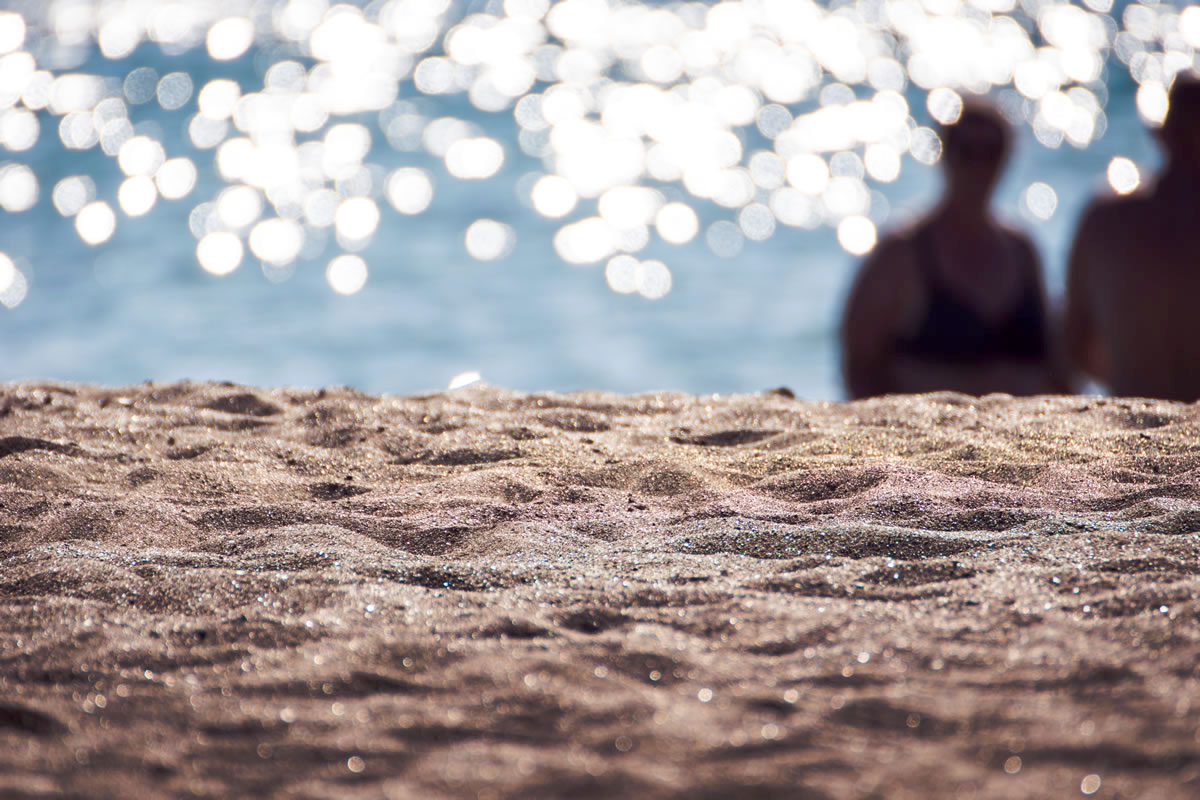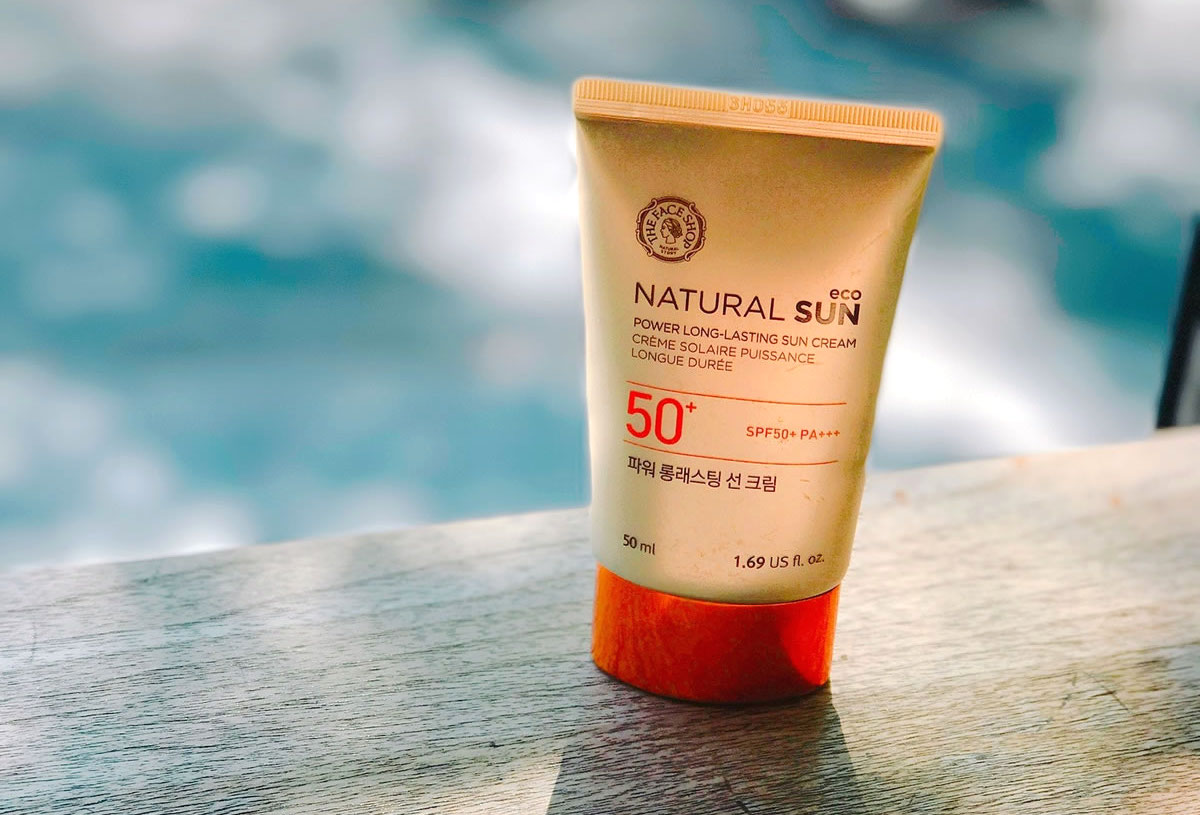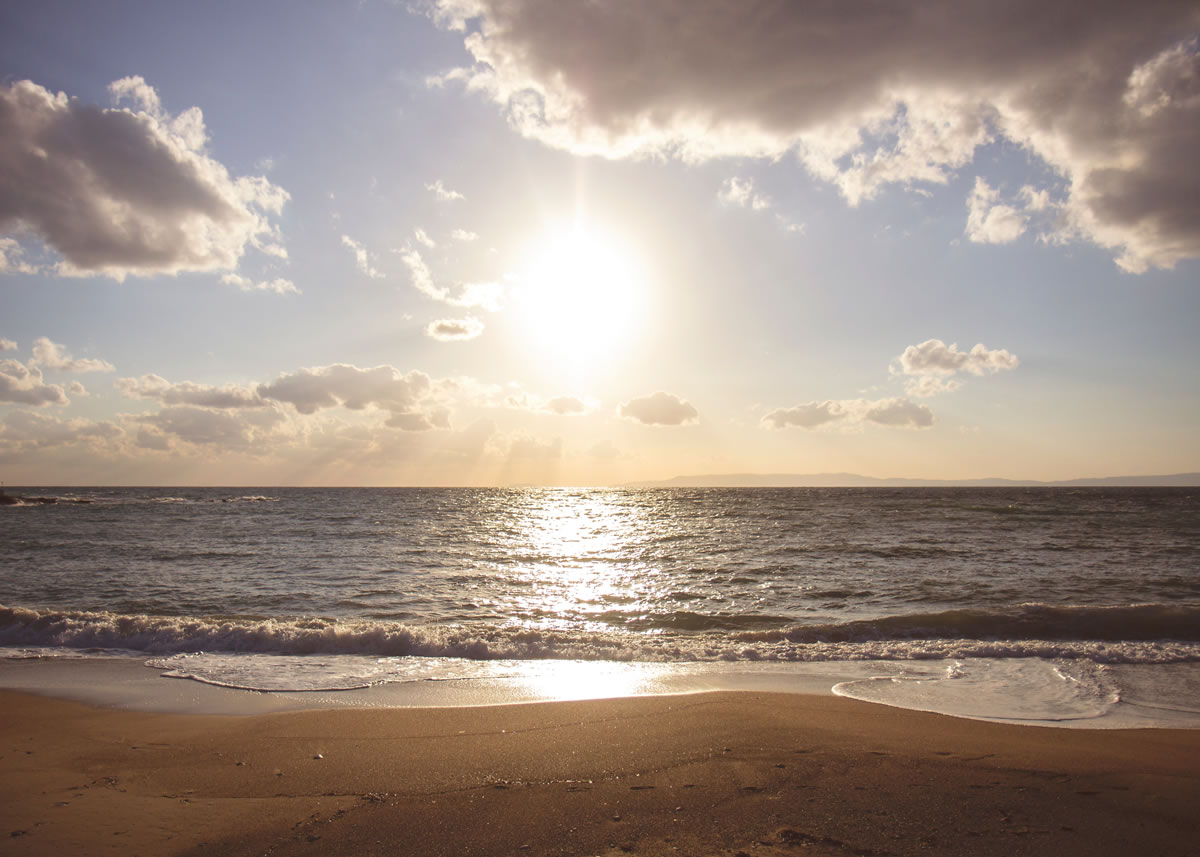It’s summer here in the Northern Hemisphere, which means we’re paying more attention to how we protect ourselves from the sun.
Alongside measures such as staying in the shade and covering up as much as possible, sunscreen is an important tool for preventing things like sunburn and skin cancer. Sun exposure is a major cause of skin cancer, which means many of those cancers are considered preventable with adequate sun safety.
But every year we also see people making negative claims against sunscreen, saying it’s full of “poisonous chemicals” or even causes cancer itself. Some people advocate the use of alternatives such as natural oils or DIY concoctions.
It’s important to be able to make an informed decision, so let’s investigate the most common questions.
What’s in sunscreen?
Many of the anti-sunscreen messages focus on the ingredients. A quick read of a regular bottle shows a list of long chemical names. They may be unfamiliar and overwhelming, but a chemical’s name has no bearing on how safe it is.
Sunscreens fall into two general categories – those that use chemicals to absorb UV radiation and those that use chemicals to reflect it.
As well as the active ingredients, sunscreen generally contains inactive ingredients like moisturisers to help keep your skin hydrated or emulsifiers to make sure the other ingredients are evenly distributed.
There are many potential ingredients in sunscreen so I can’t go through them all, but the general concepts to remember are that the dose makes the poison, and that putting something on your skin isn’t the same as eating or inhaling it.
So, while people may be able to point to scary-sounding stuff like the IARC classifying titanium dioxide – a very common sunscreen ingredient – as a possible carcinogen, it’s important to know that the classification only applies to high levels of exposure to the dust in an occupational setting, and that the current evidence shows that titanium dioxide is not significantly absorbed by living skin, even at the nanoparticle size.
Some criticisms focus on the potential for certain chemicals in sunscreen to interfere with our bodies’ hormone systems, but the currently available evidence is limited. One study that is often cited found effects on sperm quality, but the exposure route was by directly applying the chemicals to the sperm in a lab setting rather than typical sunscreen use where the chemicals would be applied to the skin and absorbed. Of course, lack of evidence doesn’t mean lack of effect, but it doesn’t validate the claims being made about sunscreen causing health effects either.
In order to bring a sunscreen product to the mass market, companies need to comply with relevant regulations including testing for safety and effectiveness. These regulations are regularly reviewed and updated to consider the available evidence, so as long as you stick with good quality brands you should be well covered.
The current advice from bodies like the NHS and FDA is to choose a “broad-spectrum” sunscreen – one that protects you from both UVA and UVB rays. Different countries have different rating systems for UVA protection – in the UK we have a star system, the EU uses a UVA symbol and in the US you will see products labelled as “broad spectrum protection”.

Does sunscreen use increase skin cancer incidence?
Some of the anti-sunscreen proponents point to a study using data from the late 1990s that found that sunscreen users had higher incidence of melanoma. They use this to claim that sunscreen, far from preventing cancer, actually causes it.
The main thing to remember here is that correlation is not the same as causation. the study did indeed find higher melanoma incidence in the sunscreen users, but that doesn’t mean the cancer was directly caused by the sunscreen.
The study authors noted that their findings were “probably related mainly to earlier sunscreens of low SPF”, which may not have had the broad-spectrum protection of good quality modern sunscreens.
What can also cause a correlation like this is human error. People often apply sunscreen incorrectly, meaning that they are not fully protected. Additionally, people who use sunscreen tend to stay out in the sun longer. Both of these things could lead to increased risk of sunburn, which is a known cause of all types of skin cancer.
Additionally, an association could plausibly happen because the people who are using sunscreen more regularly are already in high-risk groups, such as people with pale skin or lots of moles. That would mean their sunscreen use was caused by their increased skin cancer risk, rather than the other way around.
It’s also worth noting that other studies, including a well-sized meta-analysis have found that sunscreen use does not cause, and can prevent melanoma.
So why are more people being diagnosed with skin cancer?
It is true that there is a general upwards trend in skin cancer incidence over time, however there are many potential factors which could be responsible for this.
Part of the general rise may be due to older people’s poor sun habits causing them to develop skin cancer down the line. Our understanding of sun safety has come on leaps and bounds, so although we are more protected now than we used to be, the damage may already have been done. And with people now living longer on average, that may mean more people going on to develop skin cancer. Age is also a risk factor for cancer in general.
The evidence shows us that people who are only exposed to the sun occasionally are at a higher risk of melanoma than people who are exposed more frequently. That means, for example, people who work indoors all year then go for two weeks’ holiday in a hot country are at a higher risk. With foreign holidays becoming more common, more people will be putting themselves at risk. The same applies to artificial sunbeds, which are now accessible to more people than before, although recent data indicates a downward trend in their use, perhaps due to the publicity around their association with health risks.
People who spend a lot of time outside such as outdoor workers are less at risk of melanoma but more at risk of non-melanoma skin cancers, so it’s important to do what you can to limit your exposure.
As medical science continues to improve, we are now able to diagnose more skin cancers at earlier stages than before. This may bump up the numbers because, for example, an older person may now be diagnosed with a skin cancer that would have had no appreciable impact on their life – in short, they would have died with the cancer rather than of it. Other people’s skin cancer may have gone undiagnosed but then spread and been diagnosed as some other cancer down the line.
There are also social and cultural factors to account for, such as the current fashion for a “healthy tan”, which is said to have started when Coco Chanel accidentally got tanned while on holiday. At other times in history pale skin was fashionable, to the point where women in Victorian Britain used special products to make their skin look as pale as possible.

What about those natural alternatives?
Some people suggest natural oils to use instead. A 2010 study found that some oils like coconut oil and olive oil have an SPF around 7-7.5, but those findings are disputed.
Even if we accept that figure of SPF 7.5, that is still not high enough for long-lasting protection – an SPF of at least 15 is recommended by bodies like the CDC, NHS, dermatology associations and cancer charities.
In addition to the low SPF there are unanswered questions such as whether the oil offers broad spectrum protection or how well the oil holds up under sun exposure, sweating or swimming, and therefore how often you’d need to reapply.
Some DIY sunscreen recipes available online use nappy rash cream with zinc oxide in addition to the natural oils and other ingredients. However, I still wouldn’t recommend using them – there are too many variables like the quality of the ingredients, how well you mix them and the potential for degradation in the mixing process either via heat or interactions with other ingredients.
Any mistakes or miscalculations could severely affect the performance of your concoction, so I think it’s better to save your time and stick with properly tested and approved products.
What about Vitamin D?
Some anti-sunscreen proponents focus on the importance of sun exposure for Vitamin D and say that by blocking UV rays, sunscreen could increase risk of cancer and other health issues via Vitamin D deficiency. While it’s true that we need to make sure we’re getting enough Vitamin D, there are a few problems with this line of argument.
While Vitamin D deficiency is associated with certain health risks such as osteoporosis, evidence for other conditions such as cancer is currently inconclusive. That means it is possible to produce studies that appear to show Vitamin D deficiency increases cancer risk, but there are also studies which don’t find the same effect.
Although the primary function of sunscreen is to block UV rays, and those UV rays are important for Vitamin D production, no sunscreen blocks 100% of UV rays. This means people who are out in the sun while wearing sunscreen can still produce enough Vitamin D to avoid deficiency.
That said, depending on where you live, sun exposure alone isn’t necessarily sufficient to produce enough Vitamin D. Here in the UK, the sun is only strong enough in the summer months, so we would need to top up for the rest of the year anyway.
Another important aspect to this discussion is that the colour of your skin can play a significant role in how much sun you need to make the right amount of Vitamin D. So what’s fine for a pale white person like myself may not be enough for other people. I think it’s vital we don’t forget factors like this – evidence-based health needs to be for everyone.
The British Dietetic Association and NHS recommend taking a Vitamin D-containing supplement or making sure we get enough Vitamin D through foods like salmon or fortified products – but as always, you should speak to a qualified professional if you have concerns.
So, staying out in the sun longer or not using sunscreen in the name of increasing Vitamin D production would appear to be highly counterproductive. It’s also important to remember that even though a little of something may be good for us, that doesn’t mean a lot of the same thing is even better – too much Vitamin D could be harmful, too.

With great power comes great responsibility
Although the evidence shows that sunscreen is a safe and effective tool for helping us to limit our exposure to the sun’s harmful rays, we still need to make sure we’re using it appropriately and responsibly.
As we’ve discussed, many people don’t use sunscreen appropriately. The classic Australian phrase “Slip, Slop, Slap” (meaning to cover up with clothing, use sunscreen and wear a hat) is a good one to remember. There is also a newer extended version which includes seeking shade and sliding on a pair of sunglasses to protect our eyes as well as our skin.
We mustn’t fall into the trap of thinking that because we put some sunscreen on, we’re fully protected and can ignore all the other sun safety advice. A good analogy is that although we wear seatbelts when driving, we still don’t go around crashing into things thinking we’ll be fine. Sunscreen can reduce cancer rates like seatbelts reduce accident deaths, but neither measure is perfect.
So it is wise to listen to the advice of bodies like the NHS, Cancer Research UK and the American Academy of Dermatology when they recommend measures like covering up with long sleeves or hats, making use of shade and staying out of the most intense sun in the middle of the day. To be very clear, sunscreen is not a magic bullet.
It’s also important to note that depending on your skin type and the UV index for your location at the time, even short sun exposure can cause skin damage. That damage can be cumulative and increase risk of non-melanoma skin cancer so it seems wise to be aware of the intensity of the sun whenever you’re out and take precautions, even if it’s only for a few minutes.
Although the evidence currently shows no cause for concern with regards to human health, we also need to consider the potential impact of sunscreen ingredients on the environment. For example, Hawaii has banned the sale of sunscreens containing oxybenzone and octinoxate due to evidence that they can harm coral. Of course, if you’re in less tropical areas you probably don’t need to worry about coral reefs, but you might still need to ensure you’re using a “reef safe” formula when going on holiday, for example.
Conclusions
Although there are some frightening claims being made about sunscreen use, the evidence should be reassuring.
Sunscreen isn’t perfect, and nor are human beings, so we need to be careful to make sure we’re using it in accordance with the guidelines, not taking any unnecessary risks, and making sure we stay up to date on the latest evidence from reputable sources.
Many of us want to enjoy being outside in the sun, and as long as we do it responsibly there should be no need to worry.
Edited 7th July 2018: added paragraphs about broad spectrum products and short sun exposures.
